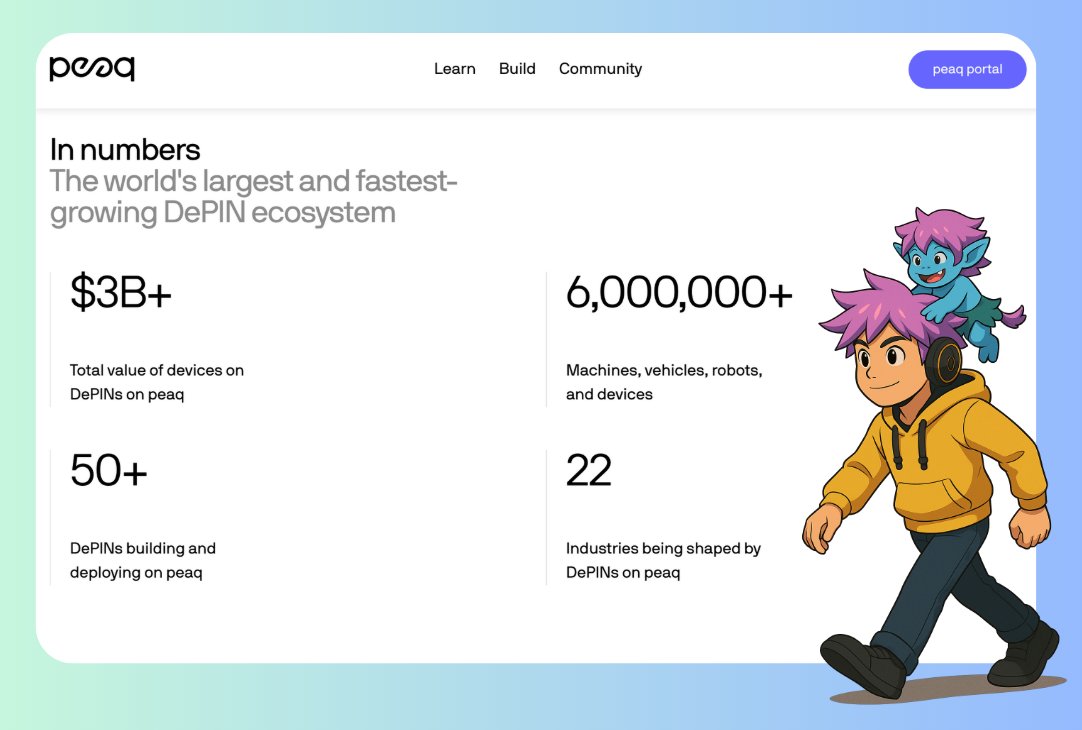Peaq actually began not as a Layer-1 blockchain, but as a decentralized identity and access control protocol built on top of existing infrastructure like Ethereum and Hyperledger.
In the earliest stages (2018–2020), the @peaq team explored enterprise-level integrations using Self-Sovereign Identity (SSI) and Decentralized Access Management before pivoting into building a full L1 chain optimized for Machine RWAs and the Economy of Things.
During the early stages into identity and industrial access systems laid the foundation for peaq’s later focus on Machine IDs, multi-role access control, and DePIN infrastructure, giving it a significant edge once the Economy of Things narrative began to gain traction in Web3.
So while most people associate peaq today with Machine RWAs and DePIN ecosystems on @Polkadot , its roots were actually in solving very “Web2.5” problems like enterprise access and identity, quietly experimenting with decentralized logic long before the hype.

11.93K
18
The content on this page is provided by third parties. Unless otherwise stated, OKX is not the author of the cited article(s) and does not claim any copyright in the materials. The content is provided for informational purposes only and does not represent the views of OKX. It is not intended to be an endorsement of any kind and should not be considered investment advice or a solicitation to buy or sell digital assets. To the extent generative AI is utilized to provide summaries or other information, such AI generated content may be inaccurate or inconsistent. Please read the linked article for more details and information. OKX is not responsible for content hosted on third party sites. Digital asset holdings, including stablecoins and NFTs, involve a high degree of risk and can fluctuate greatly. You should carefully consider whether trading or holding digital assets is suitable for you in light of your financial condition.


